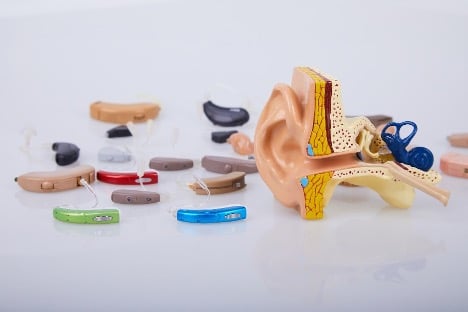The Evolution of Hearing Aid Technology
Are you curious about the history of hearing aids and when the first invention was introduced? Hearing devices have been around for hundreds of years, but the journey to the present has been remarkable. Early models of hearing aids evolved from inventions like the ear trumpet and the acoustic chair. Today, present hearing aid technology offers the seamless integration of advanced solutions into our daily lives. Today, we can choose hearing aids with a wide range of features.
The hearing experts at Tri-County Hearing are a trusted source of information regarding hearing aids and other hearing devices. While modern hearing aid technology is fascinating, it’s fun to explore the history and origin of hearing aids, tracing their development over the centuries. Below, we discuss the history of hearing aid technology and all the important developments that have been made. Contact our clinical teams today to learn more or schedule an appointment.
When Were Hearing Aids First Invented?
Regardless of the industry, advancements in technology arise from necessity in society. With nearly 20 percent of the global population living with hearing loss, the hearing aid industry has a long history, dating back to 1634, when the invention of the ear trumpet started the development of hearing aids.
In 1634, the ear trumpet was the first to be officially acknowledged as a hearing aid device.The ear trumpet directed external sound waves toward the ear and was offered in various forms and materials. The small end of the horn is inside the ear canal, and the larger end collects sound and increases the volume for the wearer. Other designs, including the acoustic chair, transferred sound from armrests on a chair to a hearing tube discreetly leading to the user’s ear. They were primarily available for members of the royalty. Specifically, a craftsman commissioned one for Frederick Rein for King John VI of Portugal, Brazil, who needed a device to help him communicate better. As the ear trumpet evolved, it eventually became binaural ear trumpets, with one for each ear.
Vacuum Tube Hearing Aids in the 1920s
Earl Hanson introduced and patented the first vacuum-tube hearing aid, the Vactuphone, in 1920.This early device hit the market in 1923 and used telephone transmitters to convert speech into electrical signals, amplifying them through a receiver up to 70 decibels. The downfall was their bulkiness and difficulty to carry around. As hearing aid technology evolved, so did the competition. Transistor hearing aid devices were introduced as a smaller, more reliable option.
Introducing Telecoil Technology
The telecoil was added to hearing aids in the 1930s. Originally, telecoils allowed hearing aid wearers to hear landline telephones through magnetic signals the telecoil picked up and amplified into the user’s ear. Telecoils are still used in modern hearing aids, but they’re mostly used with hearing loops to help people hear more clearly in public spaces and social gatherings.
Behind-the-Ear Hearing Aids Debut in 1956
Behind-the-ear hearing devices emerged on the market as discrete instruments that sit behind the ear and connect to an earpiece. These devices were advertised as “tiny, feather-light, tinted, and contoured to fit snugly and comfortably around the ear.” By 1970, in-the-ear hearing devices were introduced on the market. Today, behind-the-ear hearing aids are the most discreet devices available, ensuring a perfect fit and comfortable wear.
Digital Technology Evolves Through the 90s
In 1982, a research facility developed an all-digital, real-time array processing hearing aid. It was bulky and included a digital array processor, minicomputer, receiver, and FM transmitter. The development of digital chips and signal processing came next, but they continued to be too large and required too much power to be used in hearing aids. The Nicolet Corporation released the first commercially available digital hearing aid in 1987. Although it was not a success, it proved that digital hearing aids were possible and on the horizon for widespread availability.
Cochlear implants help people process auditory signals through internal and external components. The internal system is surgically implanted inside the patient’s auditory system, while the external system is typically worn behind the ear. Today, these devices help restore hearing in people with profound hearing loss and have been an approved treatment method since the mid-1980s. By 1996, the first digital hearing aids became available.
Made-for-iPhone Hearing Aids
Brands like ReSound and Starkey first introduced “Made-for-iPhone” (MFi) hearing aids in 2015. These devices enable users to talk on the phone and listen to music or podcasts directly from iOS devices. These new models improved the overall user experience and fostered a more inclusive and connected digital world. In 2018, Google started pairing hearing aids with Android phones.
Over-the-Counter Availability
In 2022, the United States also introduced the availability of over-the-counter hearing aids without a prescription or comprehensive hearing evaluation. These devices offer a much lower technology level than those produced by companies like Oticon and sold through hearing instrument specialists or audiologists. However, they’re often more affordable and can introduce patients to the world of hearing assistive devices. If you’re interested in trying over-the-counter hearing aids, we recommend getting a professional hearing evaluation first, so you know your degree and type of hearing loss. You can discuss your options with a hearing care professional before purchasing.
Modern Hearing Technology
Bluetooth hearing aids allow the wearer to place phone calls, use certain apps, control digital assistants like Siri, and stream audio. As scientists and researchers continue to understand the brain’s hearing processes, hearing aid technology will continue to evolve as it has for hundreds of years. Today, patients with hearing loss have access to some of the most advanced commercially available technology on the market.
Contact Us for Comprehensive Hearing Aid Services Today
As we witness the evolution of hearing aid technology from its humble, bulky beginnings to intelligent, adaptive companions, it’s clear the future is optimistic and more inclusive. With wireless connectivity, artificial intelligence, and sleek designs, we look forward to what’s to come with new hearing aids. Whether you need hearing aid replacement or hearing aid repair, Tri-County Hearing is dedicated to serving patients throughout Florida. Contact us today to learn more about hearing aids, or schedule an appointment online with a hearing instrument specialist.



